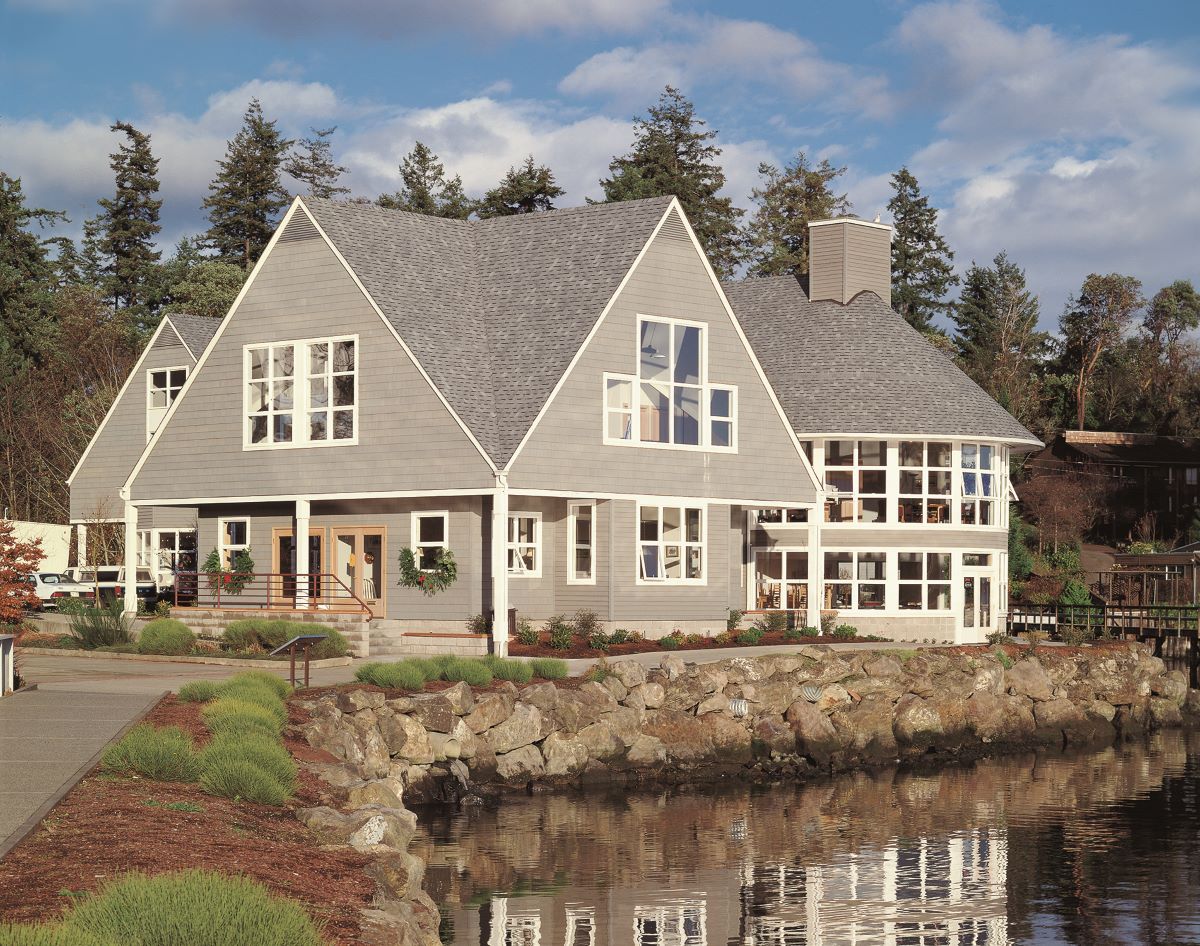
Above: Full-perimeter, fusion-welded nailing fins sealed at every corner—like those used in the Alpine 70 Series new construction window—are designed to deliver fast, reliable integration with flashing systems and cladding types.
The labor shortage isn’t showing signs of letting up, so we as an industry must keep searching for ways to do more with less. The Associated Builders and Contractors estimates the construction industry will need more than half a million new workers this year—on top of normal hiring. That kind of gap doesn’t just slow down schedules; it changes how builders, contractors and remodelers think about everything from project scope to product choice.
The question becomes: What can we do about it? The answers aren’t just about finding more labor. They’re also about choosing smarter materials that save time without cutting corners. That’s where installer-friendly window solutions come in. Let’s talk about what that really means.
Less time on-site
Installers navigate jobsite variables from unpredictable framing to complex integration with building envelopes. As a result, there’s a growing focus on installation efficiency and the role product design can play in saving time on the jobsite.
Fast framing
For starters, in new construction where framing is often fast-paced, windows with fully welded, full-perimeter nailing fins can help maintain square frame geometry during installation. These rigid fin assemblies are engineered to align more consistently with WRB layers and simplify integration with flashing materials like tape or preformed sill pans. While rough openings still need to be prepared properly—level, plumb and square—these designs help reduce frame distortion and can minimize excessive shimming where conditions allow, and in properly prepared openings.
Whether the cladding system is stucco, vinyl siding or wood lap, proper frame depth and fin geometry allow for efficient installation and secure water management without requiring modification. This can eliminate unnecessary on-site adaptation and help crews maintain their speed and consistency.
Level, seal, done
For renovation projects, when you’re looking at a full-frame window replacement system, you want precision in terms of factory-mitered trim extensions and pre-aligned accessory channels that will integrate seamlessly with the frame. That’s where you get a snug, reliable fit that locks in tight without having to do field-fab exterior stops, chase warped aluminum coil, or wrestle with off-angle wood jambs.
You get consistent alignment without compromising aesthetics because the frame geometry holds stable, even when the rough opening doesn’t. Of course, installers still need to correctly shim and align to ensure long-term performance. A good system will adapt to uneven sheathing or slightly bowed studs without compromising the sight lines. In most cases, you can drop it in, shim it to level, hit your fasteners, then seal and cap. You’re not fighting the product, so gaps and alignment drift become much less of a concern.
Stay square
Meanwhile, windows of all styles with fusion-welded corners will give you a single, integrated frame structure that better resists twisting and deflection during installation. Fusion-welded frames retain their shape under static and dynamic loads, helping reduce the risk of frame distortion during installation, particularly in openings that may require light adjustment to achieve proper alignment.
Once more, when frame geometry is consistently square, it helps ensure alignment of mullions, sash tracks and exterior trim, which results in a smoother install process with fewer adjustments needed to achieve level, plumb and square.
No gaps or guesswork
Multiple layers of weatherstripping can also be a performance feature that saves time. It creates multiple compression points between the sash and frame—additional contact points that help maintain consistent operating force over time by minimizing air infiltration and wear on primary seals.
Your installers, meanwhile, can benefit from window systems designed to minimize reliance on foam fillers, sealant backers and manual sealing at critical points. This helps to streamline the install process and reduce time on-site.
The craft isn’t gone; it’s just changing
You hear it a lot these days: “We’re losing the craft.” In some ways, yes, we are. The old model—a veteran installer mentoring a younger one over years—is harder to sustain with high turnover and tight project timelines. But the answer isn’t to mourn the past. It’s to build products that protect what matters about the craft: care, precision and pride in a job well done.
We hear from a lot of remodeler dealers who want product lines that make things more straightforward. This is especially true for newer crews. The more predictable the installation process, the easier it is to stay efficient and take pride in the job.
The labor shortage isn’t going to be solved overnight. But we can make smarter choices that remove friction, boost efficiency and help skilled professionals do more with the time and resources they have.
